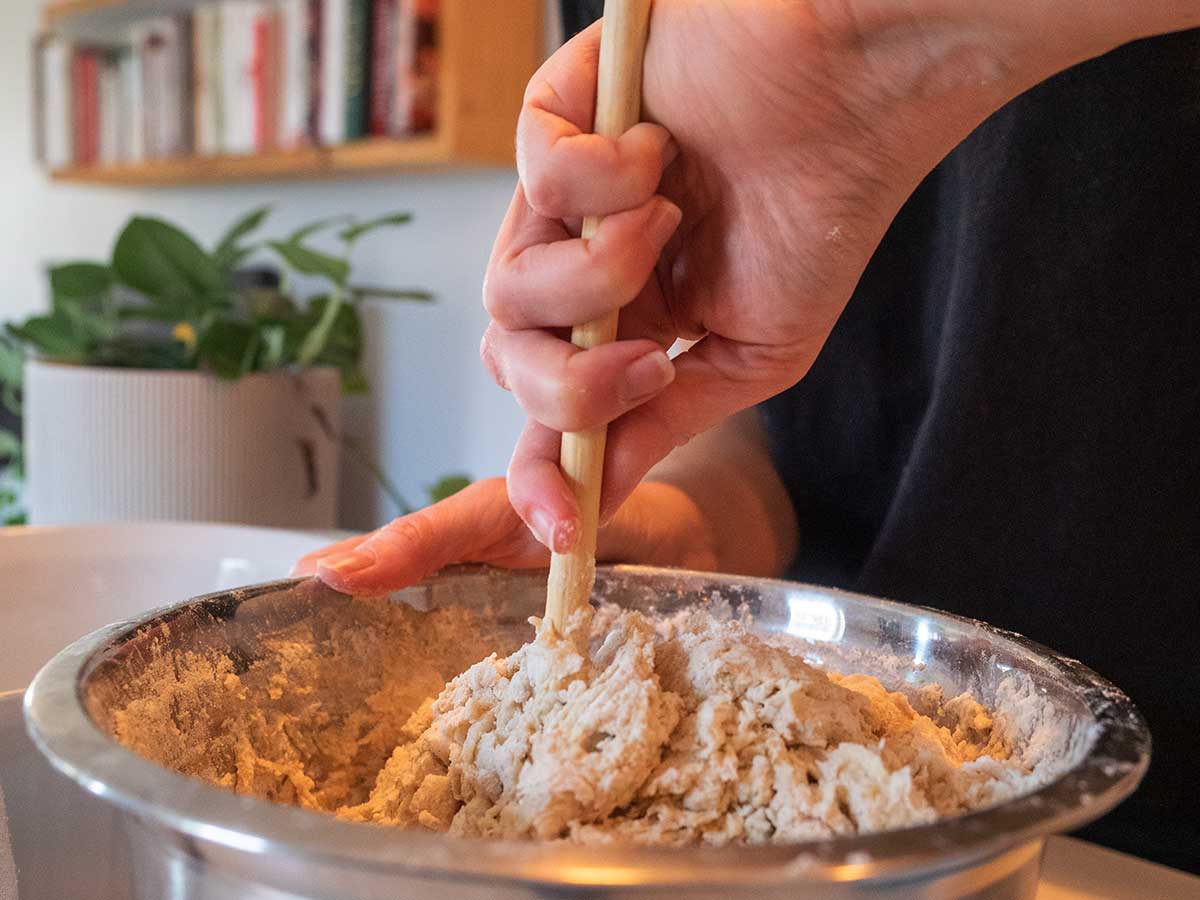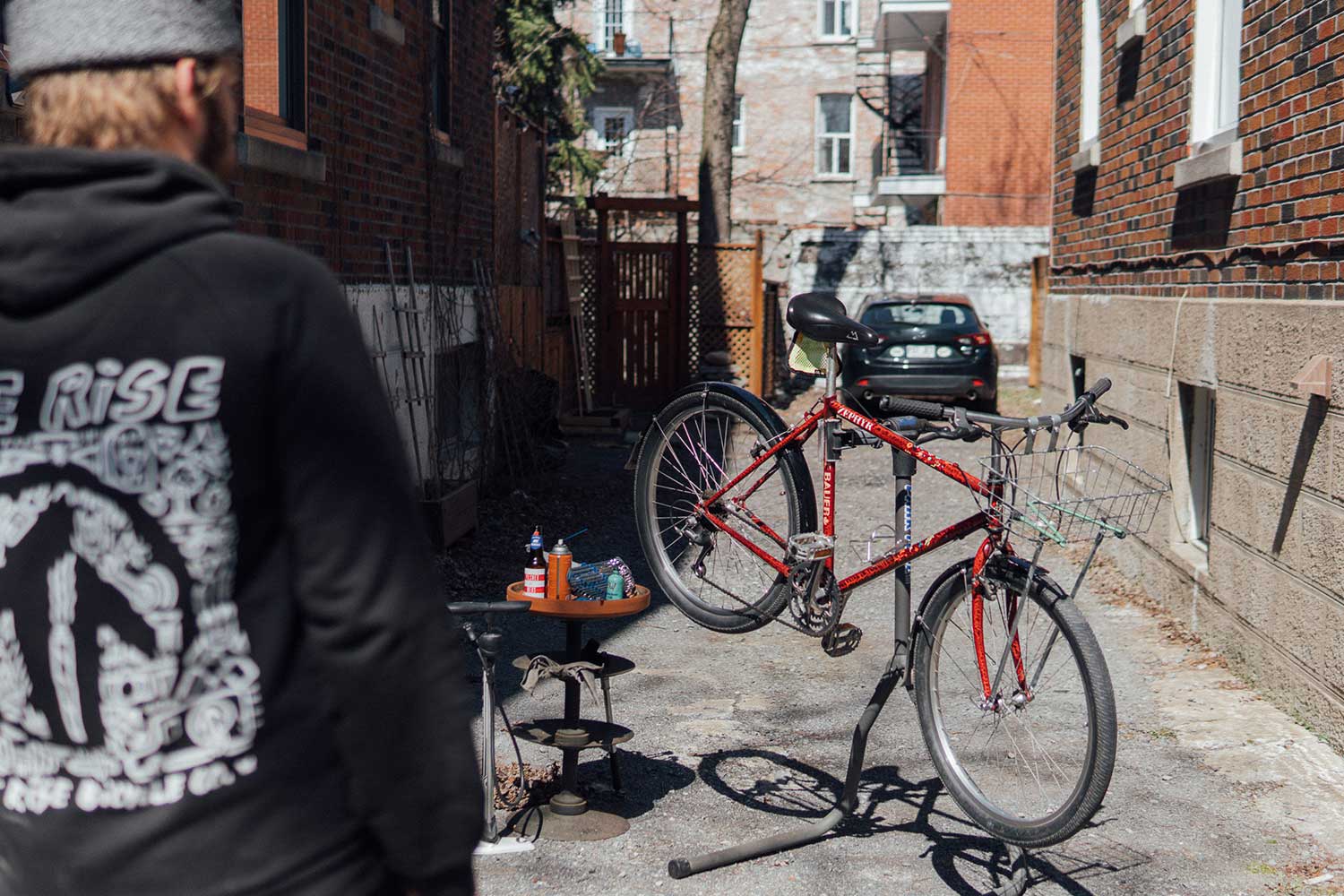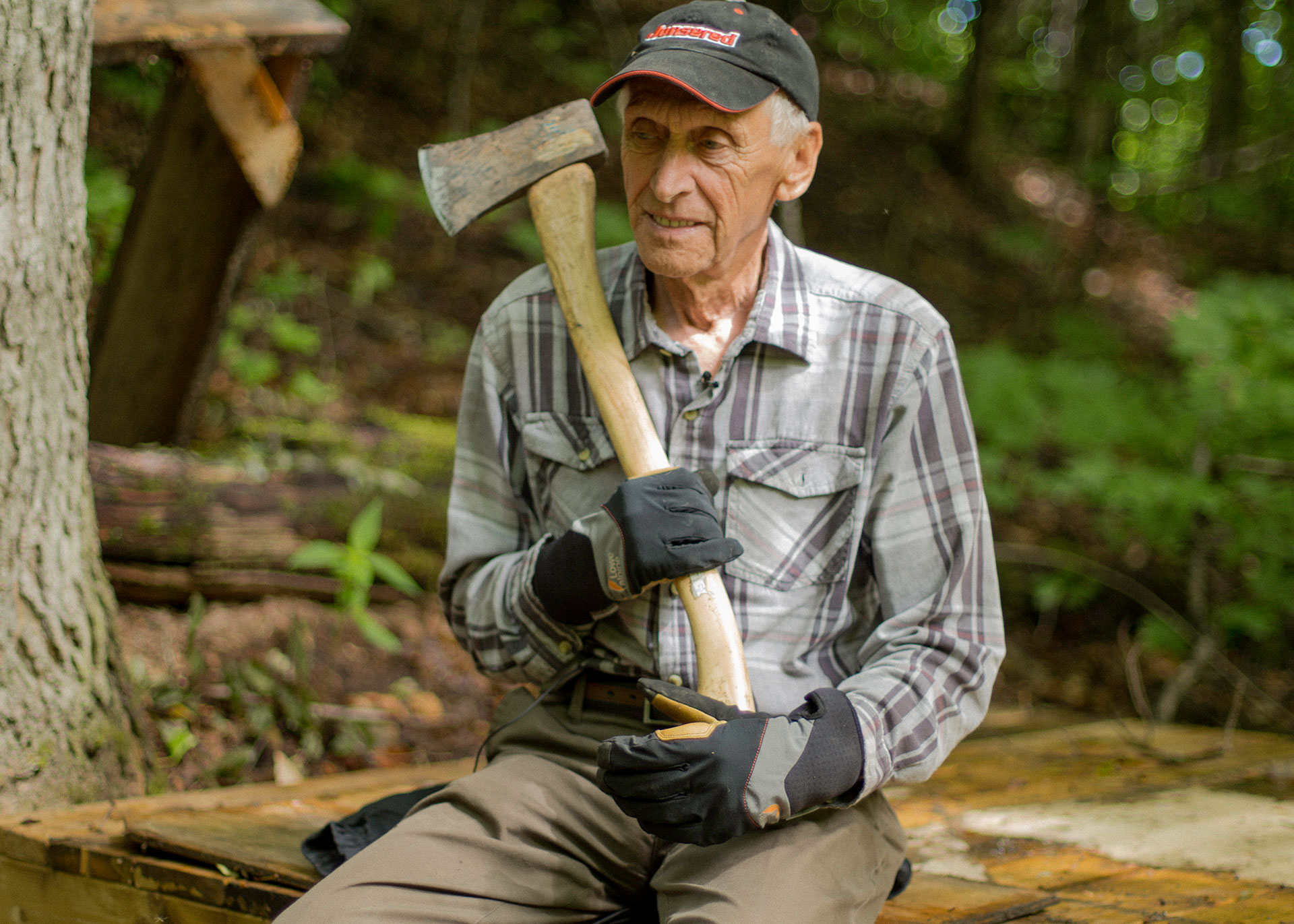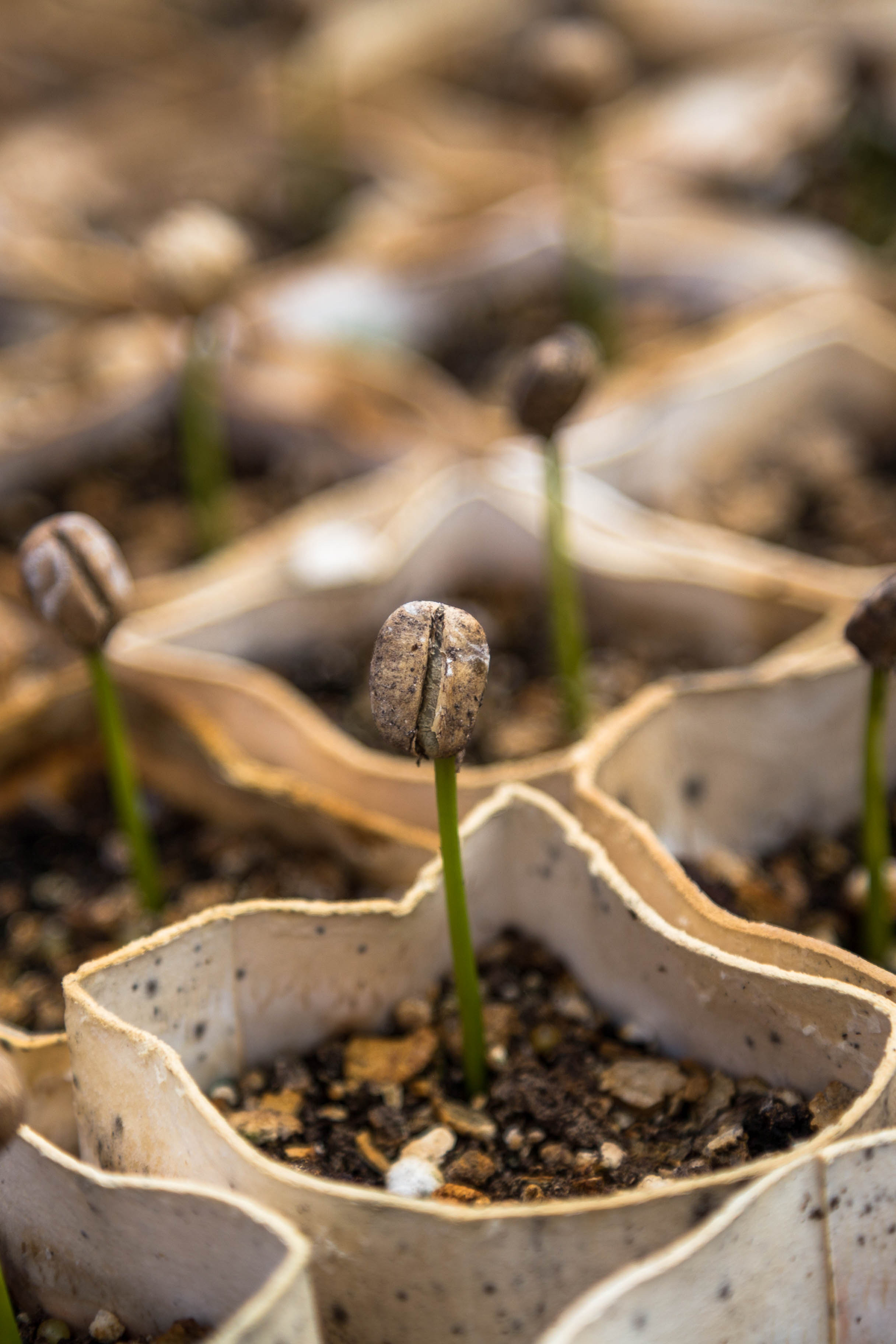Mini-Guides
How to Make Your Own Bread, Slowly
To help ease our “coronanxiety,” collaborator Catherine Lefebvre teaches the art of slow fermentation.
For the past year, every Saturday morning, I bake a loaf of bread. I love how the smell gently fills the apartment as my boyfriend and I start off our weekend.
I don’t have a green thumb, and I only cook basic meals. I’m not really into DIY, and I have zero talent for turning old furniture into Instagrammable jewellery. But in spite of all this, I’ve mastered the art of making bread according to the principles of slow fermentation.
I’m not the only one baking my own bread. A quick look at my Instagram feed shows me it’s on the verge of becoming viral. In this day and age, it’s fair to say that taking the time to do things ourselves, to make them with our own hands and — above all — to share them with those we love, creates a deep sense of satisfaction and comfort.
The world needs anxiety-relief baking more than ever before.
Not only that, it seems that millennials, who cook far less often in their day-to-day lives than their parents, are particularly fond of diving into relaxing cooking projects — like baking — on the weekend.
Instant yeast — popularized by food writer Mark Bittman in 2006 — may have democratized baking at home, but slow fermentation, thousands of years old, is on the way to winning the hearts of enthusiasts. Although it seems complicated at first, because it’s nothing like instant yeast (which ferments dough in two hours), it’s easy to learn and does the soul so much good.
***
A year ago I went to Prévost, in the Laurentian Mountains, to take a course in slow fermentation with my good friend Albert Elbilia, co-owner of the bakery Merci la Vie.
Albert fell in love with slow fermentation a few years ago, so deeply that he gave up his career as a photographer to become a baker. All it takes is one taste of his bread to understand what these incredible fermentations bring to it.
“Through all this desire to accelerate and control, we’ve forgotten what life itself is capable of doing,” he tells me. “When we let the fermentation happen on its own in the dough, we get bread that’s more digestible, more flavourful, and lasts longer.”
Albert’s wise words still resound in me. Indeed, the results are incomparable. And this is exactly why I make my own bread every week.
***
My ritual starts on Wednesday morning. My morning routine includes 10 minutes for preparing the dough with care. Because bread must be made with love.
I take out my scale, two large bowls, and all the ingredients, which I weigh to the gram — this is the key to a successful loaf.
Prep time: 10 minutes
Rising time: 24 hours at room temperature + 48 hours in the fridge
Cooking time: 1 hour
Ingredients
750 g (3 cups) cold water
1 g (¼ teaspoon) dry yeast
600 g (4.5 cups) unbleached all-purpose flour
250 g (1 ⅓ cups) whole kamut flour
150 g (¾ cup) whole rye flour
10 g (1.5 teaspoon) salt
A quick note regarding the shortage of flour and yeast during the quarantine period:
The beauty of slow fermentation is that you can make 7 loaves of bread with a single sachet of yeast. Usually, a quick leaven bread recipe requires a full sachet of yeast. Another option is to make your own leaven, which we could teach you in an upcoming guide!
To get your flour, start with your neighbourhood grocery store or check out local online food stores.
Instructions
- In a bowl, mix the water and yeast. Set aside.

- In another bowl, mix the three kinds of flour and salt.

- Pour the flour mix into the bowl of water and yeast, and mix well with a wooden spoon until the flour is evenly moistened. Knead gently.


- Pour the mix into a large Pyrex dish. Cover and let rest in a cool place (not more than 20 °C) for 24 hours.

- After 12 hours of rising time, use a bowl scraper to draw the outer edges of the dough toward the middle, then turn the dough over, without over-kneading.
- After 24 hours, put the dish in the fridge for 48 hours.
- After 72 hours total rising time, preheat a cast iron Dutch oven (with lid) or a Creuset in the oven at 290 °C [550 °F].

- Meanwhile, turn the dough out onto a surface sprinkled with flour. Pull each corner of the dough toward the middle so as to make a square. Repeat. Then turn the dough over and form it into the loaf shape you want.
 Kneading dough is very relaxing!
Kneading dough is very relaxing!





- Sprinkle flour over the top of the loaf with a sieve.

- Make a few cuts in the surface with a chef’s knife. I often make a cross — but use your creativity. A tip: make the cut with confidence.


- Once the Dutch oven and the oven are hot, gently place the loaf into the dish, cover, and cook for 15 minutes.

- Remove the lid and reduce the oven temperature to 245 °C [475 °F]. Cook for 50 minutes or until the scent of happiness fills your house and the crust is golden brown.

- Take the bread out of the oven and place it on a cooling rack. Let rest for 30 minutes before tasting the first slice, which is always the best.


Surefire trick
Keep your bread in a resealable plastic bag. It will easily keep for a week on the counter, and this way the crust will remain soft enough that you don’t have to use a chainsaw to cut your bread!
Trials and many errors
I like the flavour the kamut and rye flours add. But I tend to add more unbleached white flour (60% white and 40% whole grain) to get a nice airy dough that forms well.
White flour is composed entirely of starch, so it contains a higher proportion of gluten than whole grain flours. Gluten is one of the proteins present in wheat and grains from the same family (kamut, rye, spelt, etc.). This is what gives structure to the bread and allows the dough to store the carbon dioxide produced by the yeast as they feed on the starch. In short, they pass wind as they eat.
It is entirely possible to play with the proportions and use the flour of your choice. I’ve done several tests over the past year. The recipe above is a sure thing. One time I tried a mix of grains, half of which contained no gluten (corn, oat, and rice). Bad idea! The dough barely rose at all and the bread tasted like cardboard. I also tried to make bread with whole wheat flour. This, too, was a failed attempt. Sometimes I let loose and transform my dough into focaccia (I add a lot of olive oil when kneading the bread before baking it) or pizza dough (everything stays the same, except that I flatten out the dough).
Making mistakes while making bread teaches us, strangely enough, to understand how life works, as Albert told me. If it’s too hot, the yeast suffocates and gives up the ghost before having expanded the dough. If it’s too cold too soon, the yeast hibernates and doesn’t eat the starch. If the yeasts don’t eat, they don’t let off carbon dioxide. No gas, no bread!
Making bread has given me lots of trouble for a long time. Since I don’t have a wood-fired oven nor an industrial bread oven in my condo (alas!), I have to recreate the temperature shock of these ovens in order to succeed. Thus the importance of using a cast iron Dutch oven or a Creuset with a cover during the first part of the baking. To be honest, it’s the casserole that does most of the work. An enamelled steel saucepan would also do the trick.
In any case, Albert told me you have to fail at 40 loaves of bread before making one that’s a success. Mine is still not perfect. But it gets more and more beautiful and delicious each time — and it does us good, my love and myself. That’s all we need.














